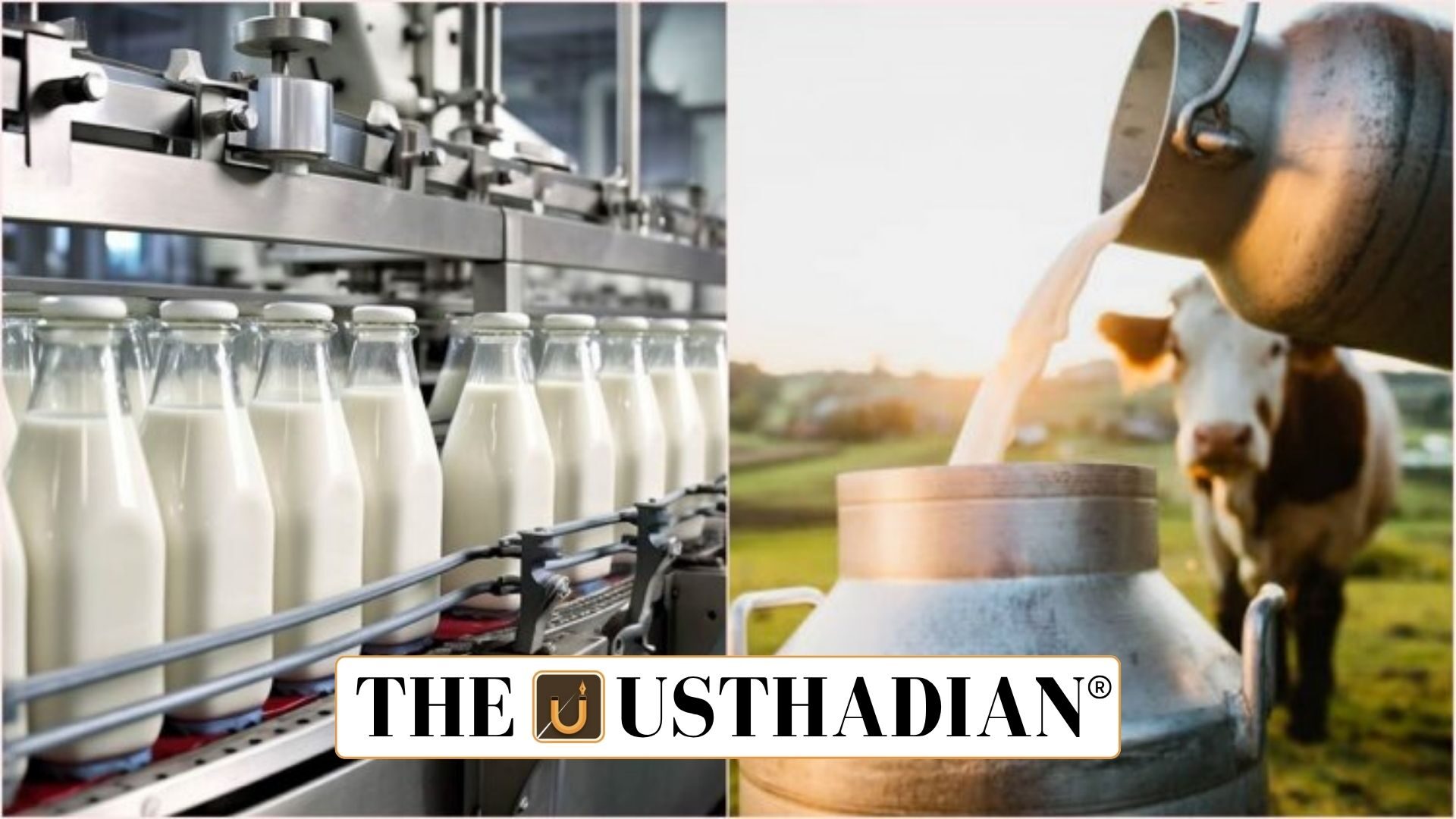Record Growth in Dairy Production
India Dairy Sector Achieves Historic Expansion: India’s dairy sector has registered record growth in the last decade. Milk production rose from 146 million tonnes in 2014-15 to 239 million tonnes in 2023-24, making India the fastest-growing dairy market globally. The sector expanded by nearly 70 percent during this period, showing the strength of policies promoting farmers and cooperatives.
Static GK fact: India is the world’s largest producer of milk, contributing around 23 percent of global output.
Expansion of Indigenous Cattle Milk
The government has focused on improving indigenous cattle breeds, raising their milk output from 39 million tonnes to 50 million tonnes. Milk processing capacity currently stands at 660 lakh litres per day, with a target to reach 100 million litres by 2028-29. Per capita milk availability has risen from 124 grams daily in 2014 to 471 grams in 2024.
Static GK Tip: The National Dairy Development Board (NDDB) was established in 1965 and played a key role in Operation Flood.
Role of Cooperatives
The Ministry of Cooperation has pushed for rapid cooperative expansion. More than 75,000 new dairy cooperatives will be formed by 2029, while 46,000 existing units will be strengthened. In 2024 alone, 33,000 cooperatives were registered, ensuring that every Panchayat will have at least one society by 2029.
Static GK fact: Amul, founded in 1946, is India’s most famous dairy cooperative, based in Anand, Gujarat.
New Multi-State Cooperatives
Three new multi-state cooperative societies are in progress. One will supply animal feed, disease control, and artificial insemination services. Another will focus on cow dung management models, while the third will develop a circular economy system for dead cattle remains. These projects will enhance sustainability and productivity.
Sabar Dairy Plant in Haryana
The Sabar Dairy Plant in Haryana has become India’s largest unit for curd, buttermilk, and yogurt production. It processes 150 metric tonnes of curd, 3 lakh litres of buttermilk, and 10 lakh litres of yogurt daily. The facility supplies the National Capital Region and northern states, directly supporting thousands of farmers.
Static GK fact: Haryana ranks among the top five states in milk production in India.
Empowering Farmers and Rural Economy
Nearly eight crore farmers are linked with the dairy sector. Haryana alone records 1,105 grams per capita milk availability daily, the highest in India. Farmers benefit from low-interest loans, insurance cover, seed and fertiliser support, and cooperative-based income models.
Government Vision and Future Targets
The government has launched White Revolution 2.0 under the theme Sahkar Se Samriddhi, or prosperity through cooperation. The policy aims to double processing capacity, strengthen cooperatives, and ensure sustainable rural growth by 2029. This vision positions the dairy sector as a backbone of India’s rural economy.
Static Usthadian Current Affairs Table
India Dairy Sector Achieves Historic Expansion:
| Topic | Detail |
| Milk production 2014-15 | 146 million tonnes |
| Milk production 2023-24 | 239 million tonnes |
| Indigenous cattle milk output | 39 to 50 million tonnes |
| Current processing capacity | 660 lakh litres per day |
| Target processing capacity | 100 million litres by 2028-29 |
| Per capita milk availability 2014 | 124 grams daily |
| Per capita milk availability 2024 | 471 grams daily |
| New dairy cooperatives target | 75,000 by 2029 |
| Sabar Dairy Plant curd capacity | 150 metric tonnes daily |
| Farmers linked to dairy sector | 8 crore |








